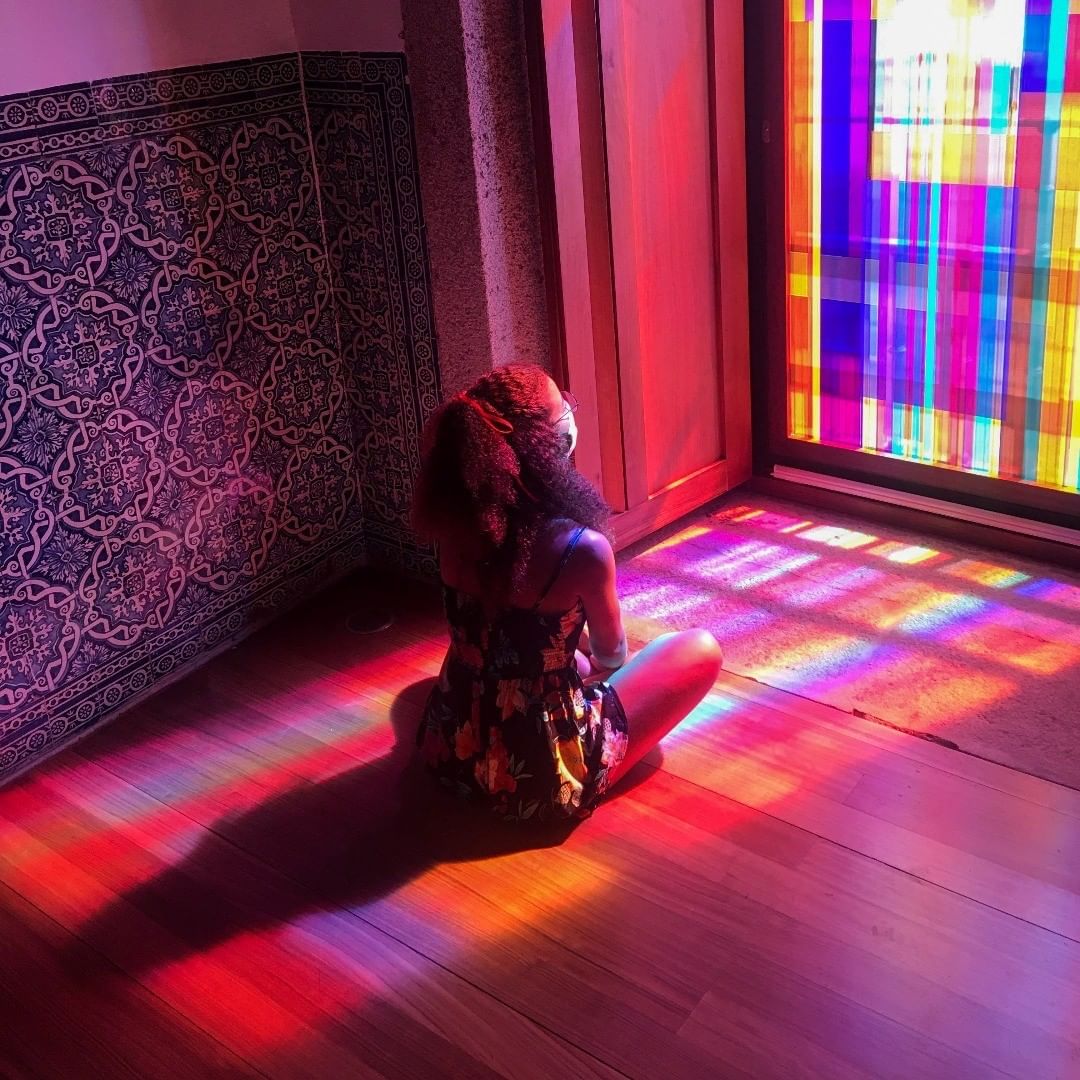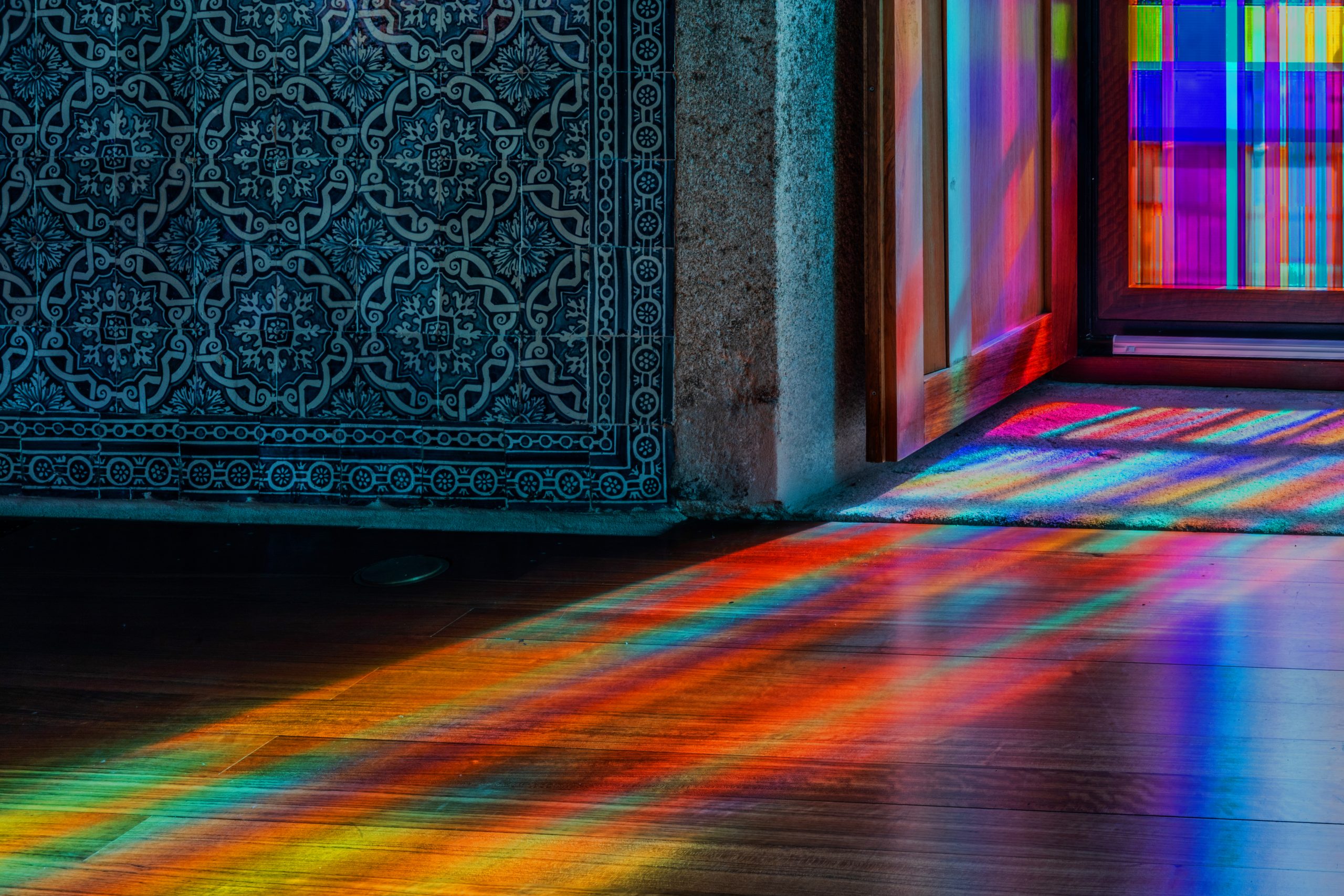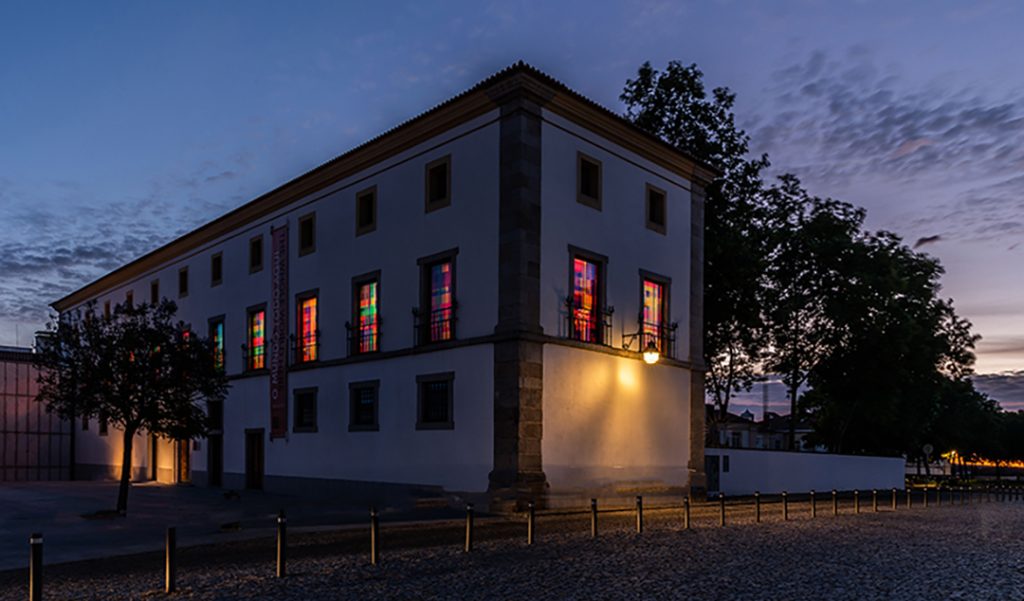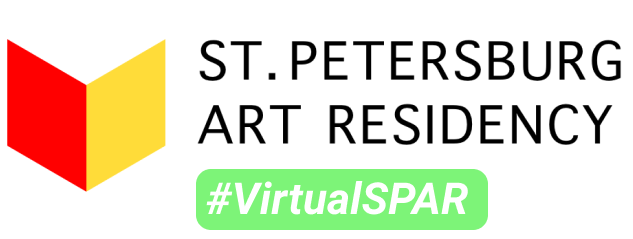DEANNA SIRLIN: STRATA
Color when it is suffused with light that has a luminosity and intensity that I utilize in my work. Light that has movement, it illuminates and transforms the environment with color.
My interest is in the interaction of color and shape when the attribute of light is added, the structure is based on affinities and inclinations between and among the elements.
My art revolves around the language of painting, light, and color in the contexts of the times and places where the works were made, contexts that inevitably influence my choices. Through my varied and diverse approaches to making art—painting, installation, public art, writing, and other projects—I participate in two ongoing dialogues. The first and more immediate dialogue is with the viewer when I place my images in their field of perception. I am part of an historical continuum of artists who use color and are involved with light.
Deanna Sirlin (2020)








DEANNA SIRLIN: STRATA
June 6, 2020 through March 2021
Curation and Text by Curated by José Alberto Ferreira
Centro de Arte e Cultura-Fundação Eugénio de Almeida
Évora, Portugal
1. What comes first, what comes next
If we could operate a vertical cut in a given portion of land, we would be able to observe the successive layers of sediments that, overlapping over time, materialize the very idea of History. When the Danish Nicolaus Steno (1638-1686) first verified it, in the distant seventeenth century, he stated an ancestral principle according to which the deepest layers of strata [in the plural in Latin, strata], corresponded to what oldest deposited there. History makes the earth’s crust grow, indexing accumulation over time and the actions of human beings and nature.
2. Cidade-Strata
Nicolaus Steno made his discovery in Rome, thus adding to it a deep vertical existence. And maybe all cities have a little bit of Rome. Évora is definitely a city strata, based on multiple layers of cultural, social and political strata. Without even going down to the geological depths, we find in its composite monumentality, the vertical lines outlining the thin horizontal line of the present. We could think of a past that insists on not disappearing according to the natural order of things. More certain, however, is to live a present that does not let the past disappear, stubbornly navigating the routes of heritage and history.
3. Colors
Deanna Sirlin captured the city’s axial depth with her primary creative material: color. The artist has already narrated, on several occasions, the remarkable physical experience of color since her New York childhood, a physicality that presides, until today, to her mixed-media painting and creation works. His printed digital compositions display color in combinatorics that result from accumulation and overlapping processes, displacement and juxtaposition, free experimentation and axial vectoring. The color lines, recurrent in his work, are distributed in horizontal and vertical layers, corresponding to the archaeological modeling of the city-strata. A chromatic stratification that calls the visitor to the history of the city and, in particular, to the history of the building of the Old Palace of the Inquisition, with which he dialogues in the first instance.
4. Contemporary Stained Glass
Strata can thus be read as an immense contemporary stained glass. Without resorting to the figurative, it is the historical configuration of the times of the city that thus materializes. It is history that, with the color distributed in abstract and formal geometries, spreads through the walls of the galleries on the first floor in the light of daylight, and spills outside during the night, increasing the enjoyment of the work and the questions that it launches over the city.
5. Immersive Environment
Strata installs a chromatic density in the rooms on the first floor that contrasts with the presence of two small oil paintings – Holding and After (both from 2020, created for the exhibition). This tension makes it possible to identify, strictly speaking, the visitor’s observation act, inviting him to establish a connection between the pictorial space and the real, contiguous, interior and exterior space. Like a transitive variation in classical painting, immersiveness places the observer within the expanded pictorial space, in a chromatic dive with the city in the background. And she is there, waiting for our gaze …
BIOGRAPHY
Deanna Sirlin was born in Brooklyn, New York, and holds an MFA Painting from Queens College, CUNY and a BA in Art from SUNY Albany. Sirlin has received numerous awards, including a Rothko Foundation Symposium Residency, a grant from the US Department of State, a Yaddo Foundation Residency and a Creative Capital Warhol Foundation Award in the Art Writing Mentorship Program. Sirlin had solo exhibitions at The High Museum of Art in Atlanta; at Ca’ Foscari Venezia, in Venice; at The Centre for Recent Drawing, In London; The Contemporary in Atlanta; and M55art in New York. Her work was commissioned for exhibitions at The New Orleans Museum of Art and The Georgia Museum of Art, and is regularly referenced in international media. Her current exhibition is Deanna Sirlin: STRATA at the Fundação Eugénio de Almeida in Evora, Portugal.
Photos Francisco Pereira Gomes © Fundação Eugénio de Almeida
Works © Deanna Sirlin 2020
www.deannasirlin.com
https://www.fea.pt/centrodearteecultura/strata
You Might Also Like:
Van Luong (1)
 Kjell Zillen (4)
Kjell Zillen (4) Mels Dees (9)
Mels Dees (9) Gao Yu (4)
Gao Yu (4)Katya Lebedev (1)
Juan Dies (1)
 Anastasia Prahova (2)
Anastasia Prahova (2)Nena Nastasiya (7)
Taarn Scott (6)
 Cynthia Fusillo (20)
Cynthia Fusillo (20)Roberta Orlando (8)
 Nanda Raemansky (25)
Nanda Raemansky (25) Eliane Velozo (22)
Eliane Velozo (22)Leyya Mona Tawil (1)
Julia Dubovyk (2)
Jianglong (2)
 Iara Abreu (23)
Iara Abreu (23) Agathe Simon (1)
Agathe Simon (1)Rosetta Allan (1)
Elizaveta Ostapenko (5)
 Valentin Boiangiu (2)
Valentin Boiangiu (2) Wesley John Fourie (9)
Wesley John Fourie (9) Renato Roque (3)
Renato Roque (3)Rosa Gauditano (5)
Neerajj Mittra (34)
Ciana Fitzgerald (5)
Boris Moz (3)
 Katerina Muravuova (5)
Katerina Muravuova (5)Kyla Bernberg (1)
 Muyuan He (1)
Muyuan He (1)Liza Odinokikh (2)
 Amalia Gil-Merino (2)
Amalia Gil-Merino (2)Paulo Carvalho Ferreira (6)
 Anastasiia Komissarova (2)
Anastasiia Komissarova (2) Yumiko Ono (1)
Yumiko Ono (1) Stefania Smolkina (1)
Stefania Smolkina (1)Lena Adasheva (1)
 Zahar Al-Dabbagh (1)
Zahar Al-Dabbagh (1) Emily Orzech (6)
Emily Orzech (6) Fernanda Olivares (5)
Fernanda Olivares (5) Noor van der Brugge (3)
Noor van der Brugge (3) Ira Papadopoulou (2)
Ira Papadopoulou (2) Tom Chambers (8)
Tom Chambers (8) Titi Gutierrez (3)
Titi Gutierrez (3) Franz Wanner (2)
Franz Wanner (2) Crystal Marshall (6)
Crystal Marshall (6) Transpositions III (36)
Transpositions III (36) Riddhi Patel (3)
Riddhi Patel (3) Michele Kishita (2)
Michele Kishita (2)Damian Carlton (4)
 Deanna Sirlin (1)
Deanna Sirlin (1) Laura Salerno (3)
Laura Salerno (3) Nina Annabelle Märkl (12)
Nina Annabelle Märkl (12) Elina Fattakhova (1)
Elina Fattakhova (1) Tasha Hurley (1)
Tasha Hurley (1) Ian Hartley (2)
Ian Hartley (2) Laurence de Valmy (2)
Laurence de Valmy (2) Ilia Bouslakov (5)
Ilia Bouslakov (5) Andrea Ahuactzin Pintos (4)
Andrea Ahuactzin Pintos (4) Sveta Nosova (3)
Sveta Nosova (3)Carlos Carvalho (1)
 Maria Timofeeva (1)
Maria Timofeeva (1) Jinn Bug (2)
Jinn Bug (2) Johannes Gerard (3)
Johannes Gerard (3)Irène Mélix (1)
 Aba Lluch Dalena (3)
Aba Lluch Dalena (3) Fabian Reimann (1)
Fabian Reimann (1)Natalia Gourova (1)
 Kate Finkelstein (4)
Kate Finkelstein (4)Raina Greifer (1)
James McCann (2)
Naza del Rosal Ortiz (1)
 Jay Critchley Jay Critchley (1)
Jay Critchley Jay Critchley (1) Vicky Clarke (4)
Vicky Clarke (4) Maria Silva (4)
Maria Silva (4) Shir Cohen (5)
Shir Cohen (5) Peter Shenai (4)
Peter Shenai (4) Bo Choy (4)
Bo Choy (4)Alina Orlov (2)
 Olga Popova (3)
Olga Popova (3) Coco Spencer (2)
Coco Spencer (2) Filippo Fabbri (2)
Filippo Fabbri (2)Daniele Leonardo (5)
 SISTERS HOPE (1)
SISTERS HOPE (1) Scenocosme : Gregory Lasserre & Anais met den Ancxt (4)
Scenocosme : Gregory Lasserre & Anais met den Ancxt (4) Anne Fehres & Luke Conroy (6)
Anne Fehres & Luke Conroy (6) Olesya Ilenok (2)
Olesya Ilenok (2) Marie-Eve Levasseur (4)
Marie-Eve Levasseur (4) Natalia Tikhonova (2)
Natalia Tikhonova (2)Ildar Iakubov (1)
 Evgeniy Lukuta (7)
Evgeniy Lukuta (7) Jarkko Räsänen (5)
Jarkko Räsänen (5)Maria Guta (6)
Egle Kulbokaite Dorota Gaweda (6)
Thomas Kotik (1)
 Andrea Stanislav (3)
Andrea Stanislav (3)Ludmila Belova (1)
Alena Levina (1)
 Ilia Symphocat (2)
Ilia Symphocat (2)Yevgeniy Fiks (1)
Star Smart(Formerly Trauth) (18)
Jyoti Arvey (1)
Les Joynes (2)
 Ekaterina Ivanova (1)
Ekaterina Ivanova (1) Lev Shusharichev (1)
Lev Shusharichev (1)Michael Stebackov (5)
Ryan Griffith (3)
Lidia Gordeenko (3)
 Masha Danilovskaya (7)
Masha Danilovskaya (7) Irina Korotkaya (2)
Irina Korotkaya (2) WagtailFilms Oksana Bronevitskaia&Dmitry Zhukov (5)
WagtailFilms Oksana Bronevitskaia&Dmitry Zhukov (5)Kostya Diachkov (1)
Elena Sokolova (3)
Alexander Nikolsky (2)


5 Comments
Hi, Deanna! Nice to meet you and welcome to our virtual residency program. This work is very impressing. There is some strong mystical and magical feeling about it. I like how the colour fields overlap and merge into a single abstract scape. And how the daylight brings life and dynamic into the installation.
Could you maybe briefly introduce yourself and tell about your overall artistic practice?
Dear Anastasia,
Thank you for your comments — I appreciate your thoughts. I will post more about myself and my work in the studio.
All my best,
Deanna
What a medieval world! Clearly felt catholic and islamic aesthetics (from the age of their brightest contrasts and contacts) – but combining with digital flows and high-tech (neo-futuristist) ideas!
As far as I understand a phenomenon of depth is important for your art and that sounds quite legitimately: from visual and conceptual points of view.
Did you know about Gerhard Richter’s experiments in this area?
When I see the multi-colored windows I ask myself why do we always use transparent ones?
So good to have electricity by the way…
Thank you for your post!
Thank you for your comments. The work is lit not by electricity during the day, the light and luminosity that floods through these windows, ( there are twenty) is from the sun!
Oh, I see, right… The last image shows how the stained glasses work at night!
I meant so good to have electric lighting in general, comparing to medieval times 🙂